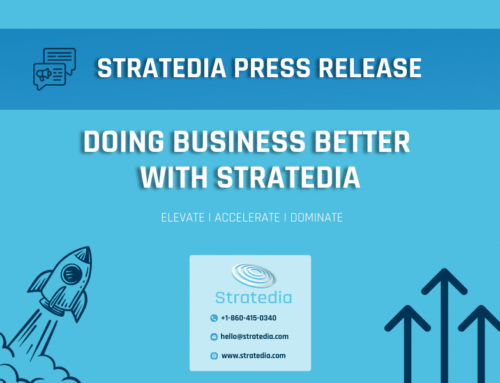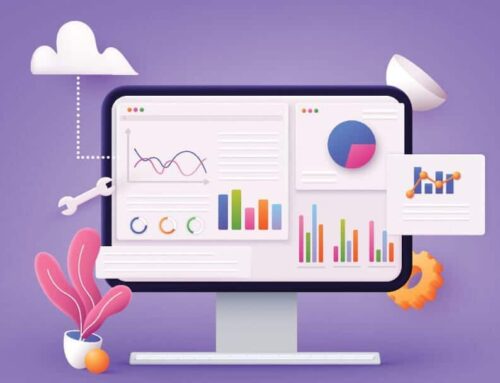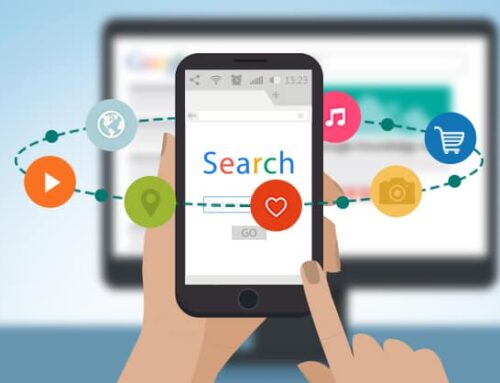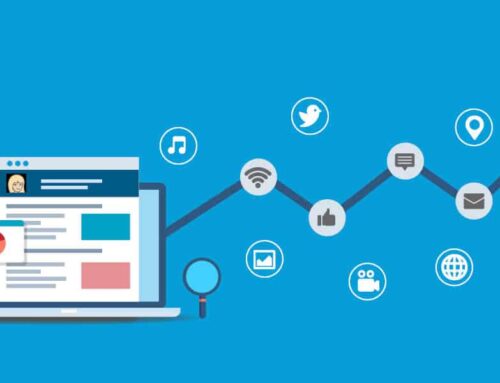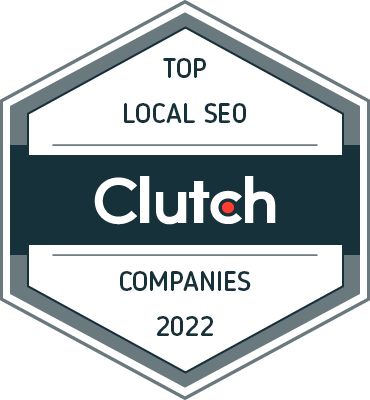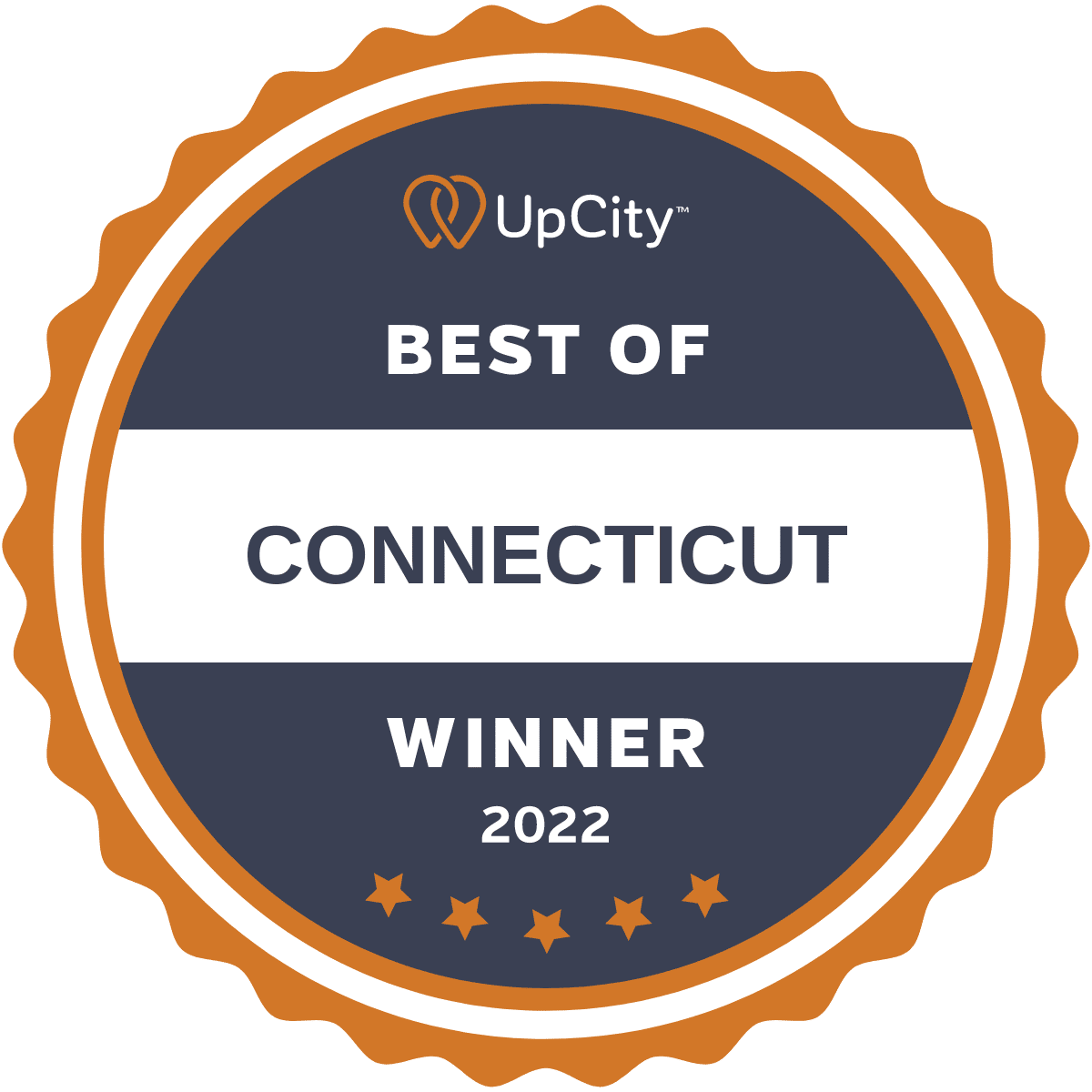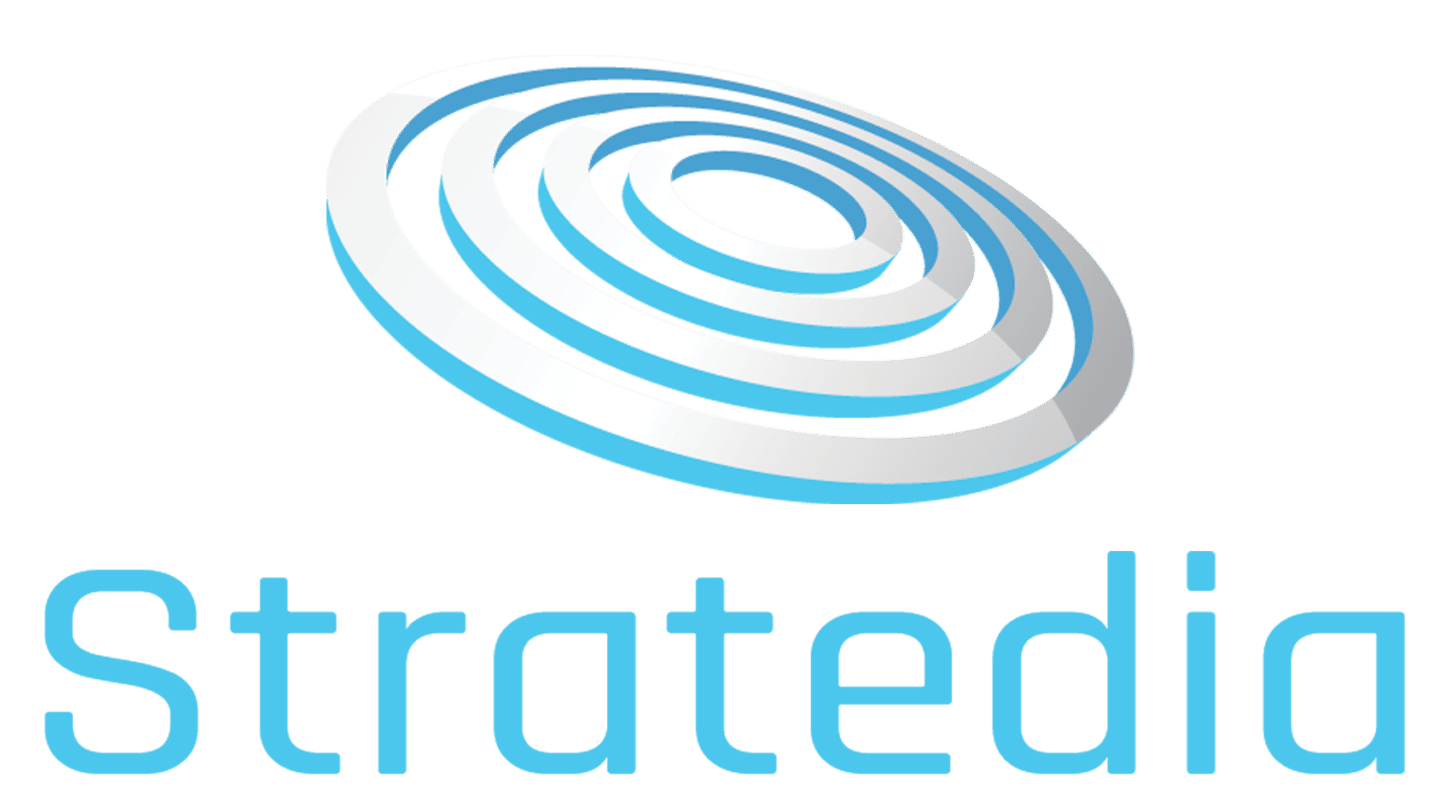
Organic and paid social strategies each have their own advantages and disadvantages.
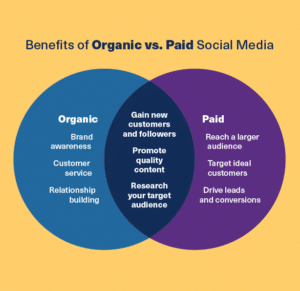
Organic social media strategy nurtures your relationship with your customers or audience. It helps to:
- Establish and grow your brand’s presence
- Support and retain existing customers
- Convert new customers by showing them what you’re about
Organic has its downfall as it is often slower to reach business goals. Now even though it is technically free, it takes a lot of time, experimentation and/or experience to get right.
Paid social media strategy is how you connect with new customers or audience members. It helps to:
- Reach a larger number of people
- Target your ideal customer more precisely
- Hit your business goals faster
You can probably guess from the name, that this requires a budget. It also requires its own form of expertise to monitor the ads.
In short, while organic activity is necessary for relationship-building, it’s also true that network ranking algorithms mean pay-to-play is a fact of life on social, now.
How to integrate a paid and organic social media strategy
The foundation to integrated social media strategies is by using organic to serve and delight your existing customers, while attracting new eyes with paid ads.
1. Not all promotional posts need to be paid
You should only pay for ads when they can actually help you hit your KPIs and ultimately reach your business goals. Paying for ads isn’t always the answer on social. Even if the paid ads were the answer, you should never forget the power of a well-crafted organic post that people want to share.
For instance, when you’re announcing something new—whether it’s a partnership, a pivot, or a new iteration on your flagship product—your existing followers need to be informed. Posting a creative, original, organic campaign will build buzz all on its own. Craft a compelling post, pin it to your profile or drop it in your Stories highlights if it’s big enough news.
Keep in mind that if your organic activity isn’t getting the reach or impressions that you’d hoped for, then this might be the time to start paying for ads.
2. Boost your best organic content
Your top-performing posts aren’t just here to puff up your vanity metrics. Probably the easiest way to dip your toes into the pool of paid advertising is to identify content that has really resonated with your audience, and pay to show it to new eyes.
This is generally considered an entry-level tactic because it’s low-risk—you don’t need to come up with an ad, let alone an ad campaign. But most social media pros will tell you that when they notice they’ve got a hit on their hands, it’s time to consider supporting it with spend.
3. Optimize all your posts using A/B testing
Split testing is a step that’s skipped way too often.
So before you go and allocate your entire social media budget to an ad, you should run versions of it by a smaller audience to see if it’s any good. Test your CTA, your copywriting, your visuals, and the ad’s placement, format, and even the audience targeting. You can also test it among different audience demographics (age, location, etc.) before you commit to a larger spend. The benefit here is twofold: a more memorable, enjoyable and successful ad for your audience is also a cheaper one for you.
Meanwhile, for organic posts, you can set up manual split tests and track results by using UTM parameters in your links. Our complete guide to A/B testing on social is over here.
4. Target your ads to people similar to your organic audience
The more you’ve grown your social presence organically, the more data you have about your ideal customer or audience. You will want to capitalize on all this information as you build your ads. This is the place where all your hard work building quality relationships with your audience pays off.
Most social platforms will offer you the ability to create lookalike audiences based off of your best customers, as you describe them. These are likely the people who have already engaged with your profile or content, or people who’ve bought a product in the last year. Create a lookalike audience that will be composed of people with similar demographics and behaviors that just haven’t introduced to your brand yet.
5. Use retargeting ads to stay connected to your organic audience
Retargeting campaigns can be highly effective and at a relatively low cost. You are essentially reaching out to people who are already knowledgeable about your business. These tend to be people who’ve come to your social or web presence organically or on their own. They may have visited your profile or website, or even gotten so far as to abandoned a shopping cart.
The idea here is that they may just need a reminder to come back and convert, and the right ad can convince them.
6. Automate as much as possible
The bottom line with combining paid and organic social is that it’s more: more money, more time, more know-how, more assets, and just more posting.
Whether you’re a team of twelve or a lone-wolf consultant, the key is to keep the busy-work to a minimum so you can focus on what’s important. To that end, automate as much of your everyday workflow as you can:
- Schedule your organic posts in advance
- Streamline your approval and copyediting process
- Set up customized triggers for boosted posts
GET TO THE TOP!
If you have questions or concerns about your online presence give Stratedia a call at 860.415.0430 or visit us online at stratedia.com. We‘re ranked #1 as the top seo company CT by Clutch.co! Let Stratedia help you, GET TO THE TOP!


